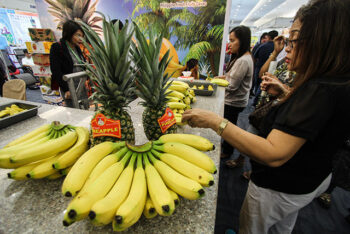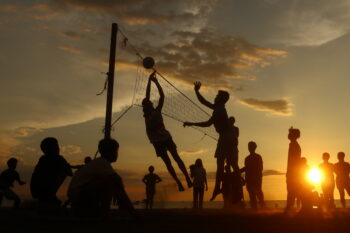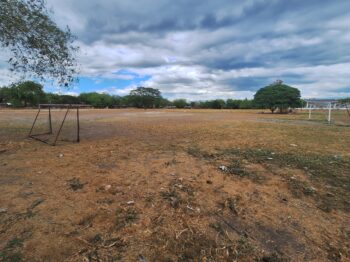GENERAL SANTOS CITY (MindaNews/20 July)— Philippine production of sashimi-grade tuna, which is caught using the traditional hook and line fishing method, would get a boost once Palau open its waters to Filipino handline fishermen.
Organizers of the annual national tuna congress here made this pronouncement ahead of the national tuna congress as local industry players appeared upbeat over the prospects of the industry.
Now on its 14th year, the congress will carry the theme “Opening New Grounds and Strengthening Commitments: A Resilient Tuna Industry” and will be held on September 6-7.
Rene M. Barrion, chairman of the congress’ program and resolutions committee, disclosed that talks are going on for the entry of handline operators in the Pacific island nation through a joint-venture agreement.
“The impending joint-venture agreement with Palau will allow the possible entry of 100 [Philippine] handline boats to fish in Palau waters,” he said.
John Heitz, export manager of Gensan Aqua Traders, welcomed the possible foray of Filipino handline fishermen in Palau.
“That’s good if it will happen,” he said, adding that this has been in the works for a long time already.
Heitz said that barriers in Palau such as customs and onshore investment requirement have been the problem in making it a reality.
The waters of Palau are about 24 hours by boat from this city, he said.
Handline fishing is considered a traditional method to catch large mature tuna marketed in fresh/chilled form mainly to Japan and the United States.
It is one of the two major tuna fishing sectors in the local industry, the other one being the purse seine fishing that supplies the requirements of the canneries.
Six of the seven tuna canneries are based in this city, dubbed the “Tuna Capital of the Philippines.”
Local purse seine operators also appeared bullish since after the two-year ban on purse seine fishing that ended last December in parts of the Pacific Ocean, the Philippines have been given limited access in the rich tuna fishing ground.
Barrion said the opening of high seas Pocket 1 in the Pacific Ocean is a positive development in the Philippine tuna industry that gives the local industry players a reason to be upbeat.
The Western and Central Pacific Fisheries Commission (WCPFC) allowed 36 Philippine vessels to fish in that area until February 2013.
The Philippines is among the 25 member countries of WCPFC, which regulates migratory fish stocks such as big-eye and yellow-fin tuna in the Pacific.
President Benigno C. Aquino III is expected to be the keynote speaker of the annual tuna congress during the opening day.
Barrion said the issues that will be tackled during the two-day congress include the prospects of tuna in the global halal food industry and prospects for partnership with the Parties to the Nauru Agreement (PNA) countries.
The PNA countries are the Federated States of Micronesia, Kiribati, Marshall Islands, Nauru, Palau, Papua New Guinea, Solomon Islands, and Tuvalu.
The other key issues that will be discussed include the review on the effectiveness of management conservation measures for tuna in the Western and Central Pacific, assessment of handline fisheries in the Philippines, and the plans and programs of the Bureau of Fisheries and Aquatic Resources for the tuna industry. (Bong S. Sarmiento/MindaNews)







